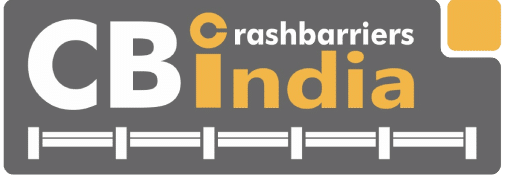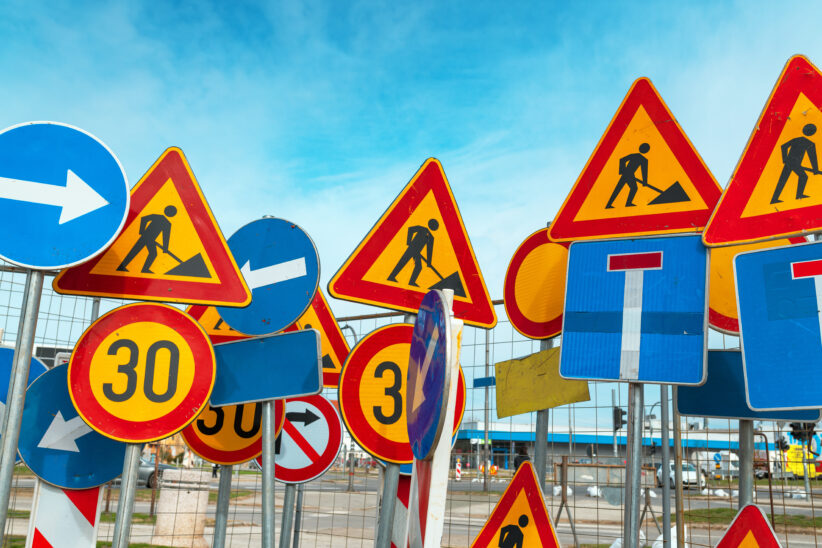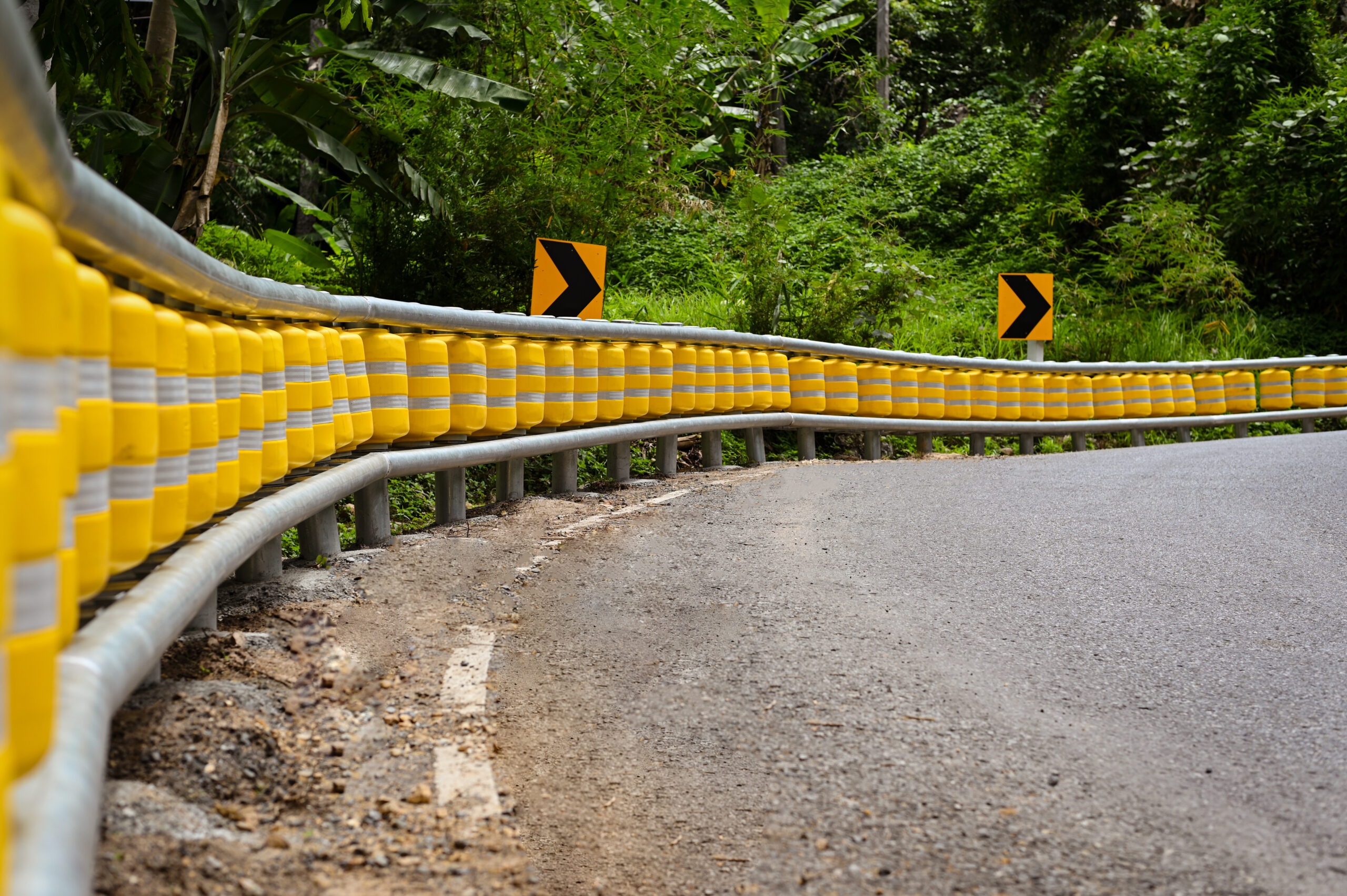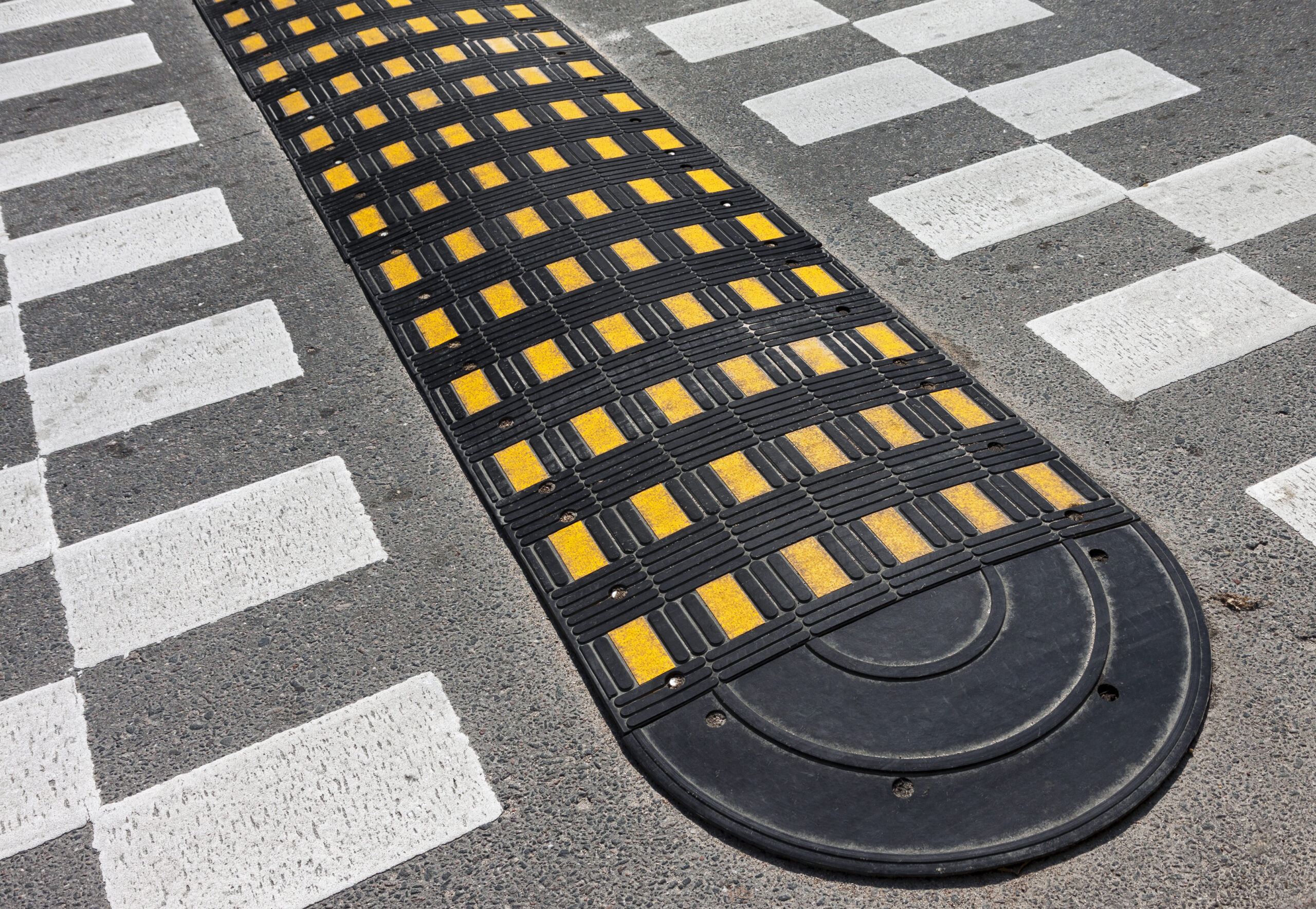How Road Safety Signs Save Lives Types, Regulations & Placement Tips
India has seen over 4,61,000 accidents in 2022, which claimed 1.5 lakh deaths. Just think how many of them could be saved with proper signage and equipment.
You might not understand, but most of these accidents are due to improper signage. Sometimes there were road safety signs, but they were so poorly placed that they had adverse effects.
These signs might resemble iron plates over poles, but they are more than they appear. They are decoded instructions for drivers that notify them of the situations ahead on the road. They guide millions of drivers daily.
We will learn about the types, regulations, and best placement of these signs with CrashbarrierIndia.
Importance of Road Safety Signs in India
The road network in India is vast, diversified, and chaotic. As the number of vehicles increases and urban sprawl expands, Clear Visual Communication has become more important than ever before.
Road safety signs assist you:
- Avoid accidents: Help avoid accidents by warning drivers about such hazards as curves, slopes, school zones, and construction.
- Navigation: Signs help guide unfamiliar drivers at complicated intersections or unknown rural areas.
- Notify: They reinforce regulations such as speeding, lane use, and parking laws in the eyes of the public.
- Traffic management: These serve as a vital instrument in traffic control within the city and on highways.
According to the Motor Vehicles Act, 1988, and Indian Roads Congress (IRC) provisions, the correct installation of road safety equipment, which includes signs, is not optional but necessary. There are also penalties provided in these laws in case of violation in terms of disobedience or misplacement.
Types of Road Safety Signs
Road safety signs are mainly divided in three different variations: Mandatory signs, cautionary signs, and informatory signs.
1. Mandatory Signs
These are the signs that used to represent traffic rules. If you don’t follow these signs, you might get legal punishments, fines, etc. from the Government. At most, these can even suspend your license. These are its characteristics
- Shape: It has a circular shape, which differentiates it from other signs.
- Colors: Mostly it has red color with a white border and black symbols or texts.
Examples of Mandatory Signs:
- Stop
- No entry
- Speed Limit
- Overtaking prohibited
- One way
2. Warning/ Cautionary Signs
These signs are used in spaces with cautionary places or situations in which drivers should be informed about cautions they might find further ahead. If drivers are alert, they can slow down or prepare for the situation ahead. These are their characteristics:
- Shape: They are easily found in a triangular shape.
- Colors: These signs are mostly seen with a red border, a white background, and black texts if needed.
Examples of Cautionary/ Warning Signs:
- Sharp turn ahead
- Man at work
- Gap in Median
- Narrow road ahead
- Roundabout
- Loose gravel
Warning Signs are very important in hilly areas, construction sites, and school zones. They inform about further caution and let the driver take appropriate measures as per the caution.
3. Informative Signs
These signs present you with information about roads. Not the cautious ones or the warning or limitation, but basic and important places that a driver should be alert of. These signs also tell you directions for your destinations, and you must have seen these quite often.
- Shape: You can easily spot these signs in a rectangular shape.
- Colors: Blue background with white texts/ symbols.
Examples of Informative Signs:
- Hospital signs
- Public telephone
- First Aid post
- Petrol pump
- Resting Place
- Parking Lots
These signs provide you with ease while travelling. You can utilise these signs and information to plan your trip better. These are specifically useful on highways and in urban areas.
Rules and Regulations for Road Signs
In India, our road signs are governed by two major institutions:
- Indian Roads Congress (IRC): This is the organisation that provides us with basic technical guidelines for road signs like Design, Size, Cand olor.
- Ministry of Road Transport and Highways (MORTH): This is the organisation whose work is to enforce these standards across the State.
Major requirements:
- Uniformity: Each and every sign must follow the national standards regardless of city or state.
- Retroreflective vehicle: You can easily view these in nights and poor weather conditions.
- Installation Standard: Signs must be installed 2 or 3 meters deep in the ground as per IRC.
- Legal Implications: Disregarding signs may result in fines from the government under section 177 ofthe Motor Vehicle Act.
Authorities are encouraged to perform annual audits to ensure signage is correctly placed and maintained.
Best Placements Tips for Road Signs
Placing these signs is important, but more necessary is to place these signs correctly, which is crucial for saving lives.
Best practices for placements are:
- Visibility: Signs should be visible even from 100m or 150m, whether it is day or night. Nothing should hinder its visibility.
- Retroreflection: A sign should be seen in any conditions, so use retroreflective or illuminated signs on highways and dark roads.
- Transparency: Don’t install signs in visual clutter like trees or multiple signs in one place. Install away from such places.
- Standard height: The Standardised height of a sign is 2 or 3 meters.
Educational Awareness & Driver Responsibility
After installing signs, the government has done most of its job. Now it is up to the citizen to uphold those signs and follow them properly. Teaching and informing the public about signs so they are easy to recognise and follow.
How can you improve public understanding
- Introduce identification of traffic signs in driving exams in all states of India.
- Conduct awareness campaigns by the government and non-governmental organizations.
- Use apps or digital dashboards to report real-time reports about the broken or missing signs.
- Put up display explainers in open areas, toll collection points and in schools to aware people about signs.
Conclusion
However, in the traffic mayhem, road safety signs are your silent guards, which ensure that drivers make wise decisions, avert danger, and obey road rules. An unfortunate fact is that many accidents happen just because of the absence or improper positioning of the signs.
Be it the mandatory signs that make us not break the rule, the cautionary signs that make us aware of the potentially dangerous situation, or the informative signs that make us continue our journey in the right direction, all of them are essential. When properly installed and in line with safety signboard regulations, they can turn into life-saving devices rather than a set of instructions.
Knowing and obeying signs in India is not only the duty of a driver but also of everyone. Whether it is the road planners or the infrastructure providers or the maintainers, all have to pull in the same direction to make sure that these road safety essentials exist, that they are visible and they are maintained.




Add Comment